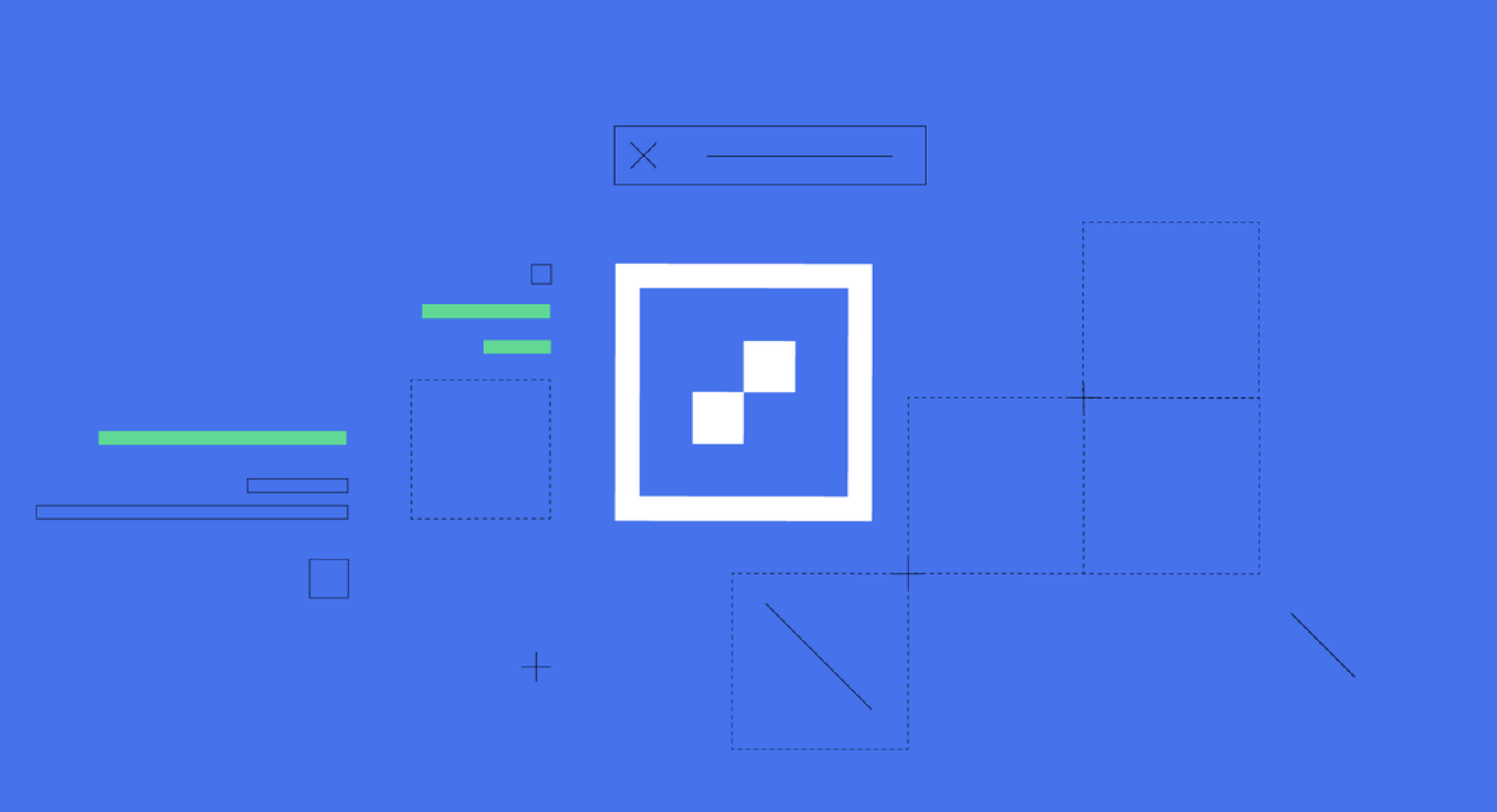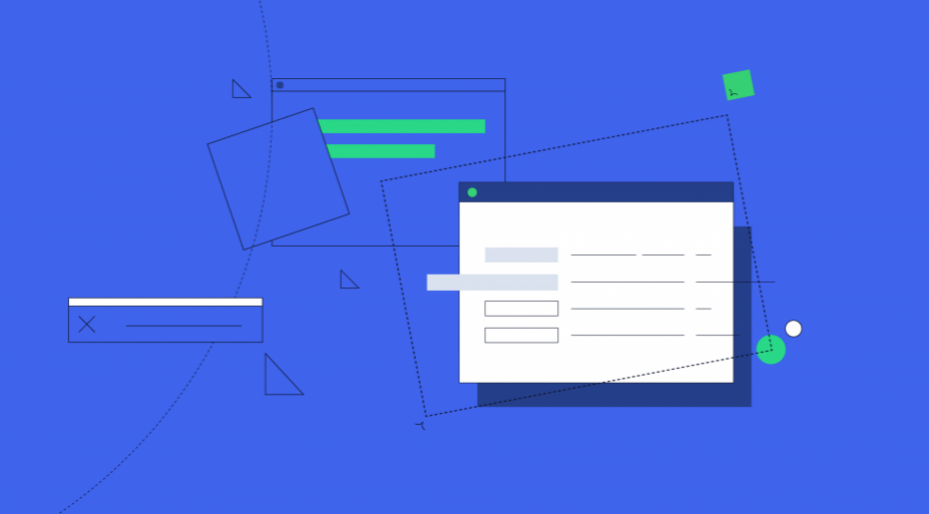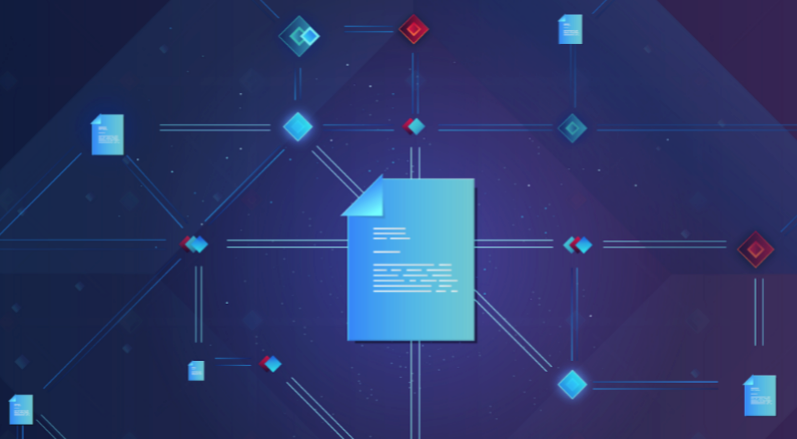Klayr products
Overview
The Klayr platform has been designed with a view to offering a complete plug-and-play system that is scalable, sustainable, and secure. It provides developers with the possibility to perform all their requirements in one environment from inception, design, and development up to business adoption, and ultimately monetizing their decentralized applications. The Klayr ecosystem has continued its exponential growth over the years and is perpetually evolving towards achieving the goal of full interoperability to third-party blockchains.
Our philosophy is to reduce the learning curve for developers by offering a user-friendly SDK to program and develop apps in JavaScript and TypeScript. The value proposition here consists of offering the flexibility to customize and develop sidechains, which is supported by a fully comprehensive set of online documentation including step-by-step guides, together with all the relevant tutorials required to suit all levels of programmers from beginner to experienced level.
One of the key benefits of the Klayr network is that it utilizes the highly efficient proof-of-stake consensus algorithm, which selects validators based on their stake in the system. As a result, block generation requires a significantly lower amount of energy. Finally, to further bolster the Klayr products range, Klayr will very soon be launching the new Klayr Decentralized Exchange (DEX), in addition to a new fiat on-ramp facility that will allow users to exchange fiat currency for KLY tokens. A brief overview of the key products is described below, which have all been designed and built with the same philosophy in mind to simultaneously offer user-friendly products to enable developers to build and develop their apps.
Klayr Software Development Kit (SDK)

The Klayr SDK toolkit consists of a user-friendly, open-source software development kit, that provides both aspiring and experienced developers the possibility to build scalable blockchain applications, and furthermore offers the flexibility to run them on their own customized blockchain.
It has been designed and built in a manner whereby it can be extended to fulfill the requirements of a wide and diverse range of blockchain use cases. The SDK uses the ubiquitous language of Javascript as well as TypeScript and deploys the highly efficient and scalable PoS consensus mechanism, and also the BFT (Byzantine-Fault-Tolerance), mechanism. One of the key benefits of the Klayr SDK is it is completely modular, allowing the possibility to configure, exchange or extend any of the blockchain-related logic in the application with Modules, Assets, and Plugins.
Klayr Core

The Klayr Core can be defined as the program that actually implements the Klayr protocol. It can be thought of as a tool for users that need to access the Klayr blockchain network, and furthermore, it enables them to begin the block generation process. Firstly, a node is created, which is usually a computer that runs the blockchain’s protocol, and participates in the network by performing various transactions and assisting in maintaining the network security.
For every node to function an instance of Klayr Core has to be installed, thus enabling the node to connect, and simultaneously communicate with other nodes residing in the Klayr network. Additionally, it offers the user full control to configure the Klayr Core to specific and custom requirements, as well as the possibility to create your own snapshot of the blockchain.
Other key features include the ability to use a self-controlled node to perform actions on the Klayr blockchain, for example, with Klayr Desktop, and the opportunity to generate new blocks, (for active validators).
Klayr Service

The Klayr Service is a web application that enables interaction with the entire Klayr ecosystem. This encompasses accessing blockchain data, storing users' private data, retrieving and storing market data, and interacting with social media. The overall concept of Klayr Service is to provide data to the UI clients, such as Klayr Desktop. One of the key benefits here is the possibility to access all live blockchain data in a similar manner to the Klayr SDK API. To complement this further many more details and endpoints are also available from various network statistics to geolocation.
The whole system is based on microservices, and several microservices can be delivered using the existing technical stack whereby each one of them provides a specific functionality. The actual data is served in JSON format and exposed by a public RESTful API. From a backend perspective as mentioned, it is designed to meet the requirements of frontend developers, especially in Klayr Desktop.
Klayr Desktop

The Klayr Desktop is a graphical user interface (GUI), which can be used to perform many useful interactions with the Klayr blockchain network. Basically, it can be considered an all-in-one comprehensive solution, allowing the user to perform many functions to manage their account(s). For example, some of the many features include sending and receiving transactions, viewing the account history, and also includes additional functionalities such as registering as a validator and validator staking. It combines the transparency of a blockchain explorer coupled with the functionality of a cryptocurrency wallet.
Klayr Improvement Proposals (KIPS)

A Klayr Improvement Proposal (KIP), is a document that forms a proposal system that is usually created and structured by the research team. Initially, the research team will start a dialogue regarding the specific topic internally, which will invariably result in the construction of a KIP. Each KIP document allows for an open and transparent debate and the exchange of views on how the Klayr network is further developed, coupled with defining the objectives on the latest version of the roadmap. The contents generally describe and cover the rationale, the motivation, and the requirements for the specific subject matter. All KIPs are thoroughly researched and are in-depth technical documents, which follow the tradition of the Bitcoin Improvement Proposals (BIPs), to document and improve the blockchain system.